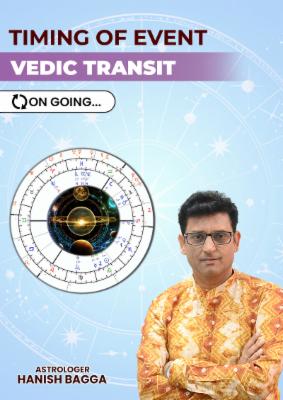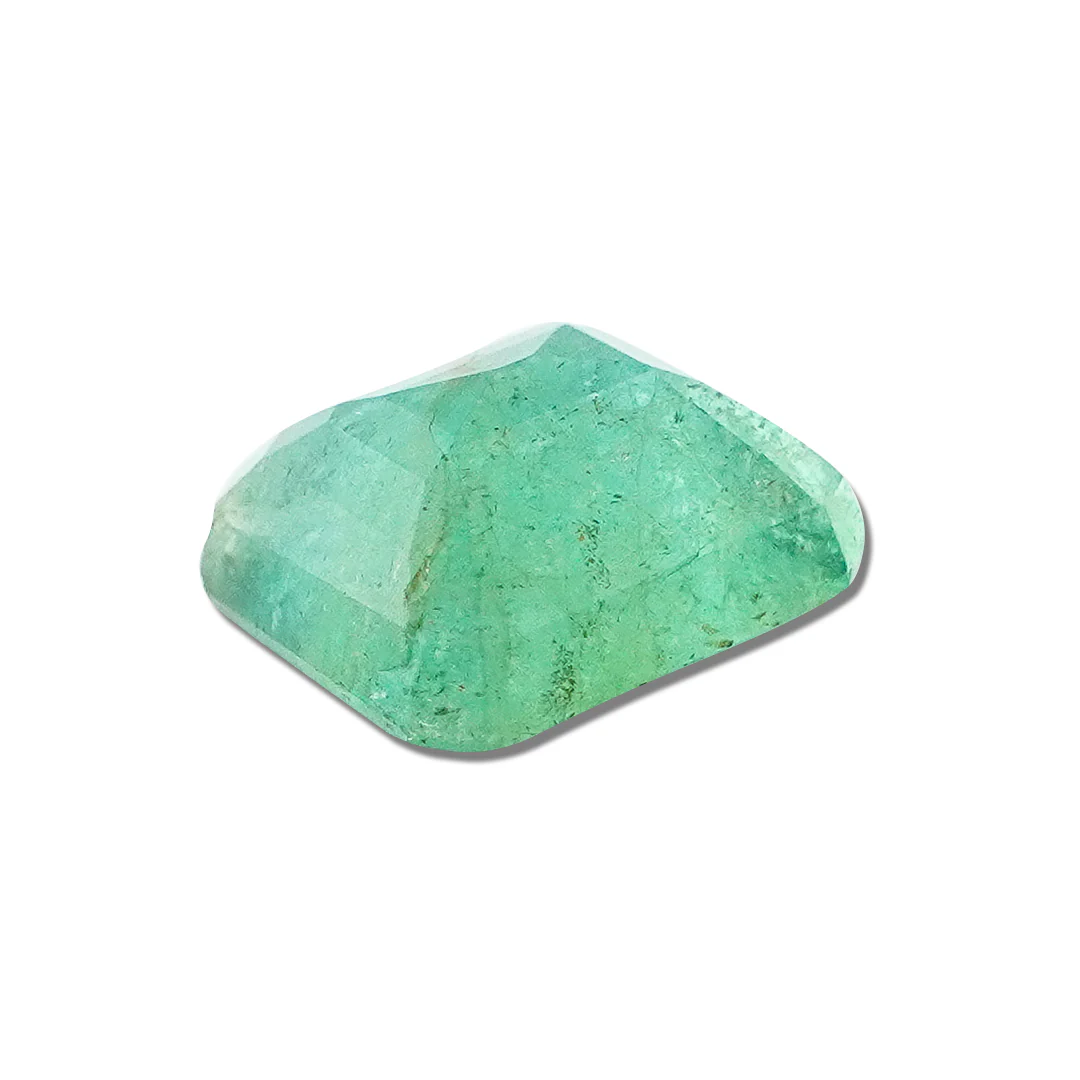Introduction to the Waxing Crescent
The waxing crescent moon phase is a captivating sight in the night sky, marking the beginning of the moon’s journey from new moon to full moon. This celestial phenomenon occurs when the moon’s illuminated surface starts to increase, revealing a slender crescent shape visible from Earth. As we delve into the world of lunar phases, the waxing crescent stands out as a symbol of new beginnings and growth.
The Meaning Behind the Waxing Crescent
The term “waxing crescent” carries deep meaning in both astronomical and cultural contexts. In astronomy, it refers to the moon’s phase when it moves from 0% to 49.9% illumination. This phase usually lasts for about 7 days after the new moon.
Etymology and Symbolism
- Waxing: Derived from the Old English word “weaxan,” meaning to grow or increase.
- Crescent: From the Latin “crescere,” meaning to grow or increase.
The combination of these terms perfectly describes the moon’s appearance during this phase – a growing sliver of light.
Cultural Significance
In many cultures, the waxing crescent moon symbolizes:
- New beginnings
- Growth and potential
- Hope and inspiration
- Setting intentions
For example, in Islamic cultures, the sighting of the waxing crescent moon marks the beginning of a new month in the lunar calendar.
Significance in Astronomy and Culture
The waxing crescent moon phase holds great significance in various fields:
Astronomical Importance
- Lunar Cycle Understanding: It helps astronomers and enthusiasts track the moon’s orbital progress around Earth.
- Tidal Influences: The waxing crescent contributes to the gravitational pull affecting Earth’s tides, though less significantly than full or new moons.
- Sky Brightness: As the crescent grows, it gradually increases the amount of reflected sunlight, affecting night sky observations.
Cultural and Spiritual Significance
- Calendars: Many cultures use the waxing crescent to mark the start of months or important festivals.
- Astrology: Some believe this phase is ideal for setting intentions and starting new projects.
- Agriculture: Traditional farming practices sometimes align planting with lunar phases, including the waxing crescent.
Observing the Waxing Crescent
Watching the waxing crescent moon can be a rewarding experience for amateur astronomers and casual sky-watchers alike.
Best Practices for Observation
- Timing: Look for the waxing crescent in the western sky shortly after sunset.
- Equipment: While visible to the naked eye, binoculars or a small telescope can enhance the viewing experience.
- Location: Find a spot with a clear view of the western horizon, away from light pollution if possible.
What to Look For
- Earthshine: This phenomenon, where the dark part of the moon is faintly illuminated by sunlight reflected from Earth, is often visible during the waxing crescent phase.
- Crater Details: As the crescent grows, more lunar features become visible along the terminator (the line between light and dark areas).
Photography Tips
- Use a tripod for stability.
- Experiment with exposure settings to capture both the bright crescent and earthshine.
- Consider using a telephoto lens or telescope adapter for close-up shots.
Follow our Youtube Channel: @acharyaganeshchannel
Conclusion
The waxing crescent moon phase is a beautiful and significant part of our lunar cycle. Its appearance in the night sky has inspired cultures, guided calendars, and sparked curiosity for millennia. Whether you’re an aspiring astronomer, a cultural enthusiast, or simply someone who appreciates the beauty of the night sky, taking time to observe and understand the waxing crescent can deepen your connection to the natural rhythms of our celestial neighbor.
As you gaze at the next waxing crescent, remember that you’re witnessing a cosmic dance that has captivated humanity throughout history. Consider keeping a moon journal to track its phases and your observations, or join a local astronomy club to share your enthusiasm with others. The waxing crescent is more than just a sliver of light in the sky – it’s a reminder of the constant change and growth in our universe.
Follow us on Instagram: officialacharyaganesh
FAQs About the Waxing Crescent Moon
Q1: How long does the waxing crescent phase last?
Ans: Typically, it lasts about 7 days after the new moon.
Q2: Can the waxing crescent be seen during the day?
Ans: Yes, it’s sometimes visible in the daytime sky, especially in the afternoon.
Q3: Does the waxing crescent always appear in the same part of the sky?
Ans: It generally appears in the western sky after sunset, but its exact position varies with the seasons.
Q4: How does the waxing crescent affect tides?
Ans: While it does influence tides, its effect is less pronounced than during full or new moons.
Q5: What’s the difference between a waxing crescent and a waning crescent?
Ans: A waxing crescent is growing towards a full moon, while a waning crescent is shrinking towards a new moon.
Also Visit: acharyaganesh.com


















